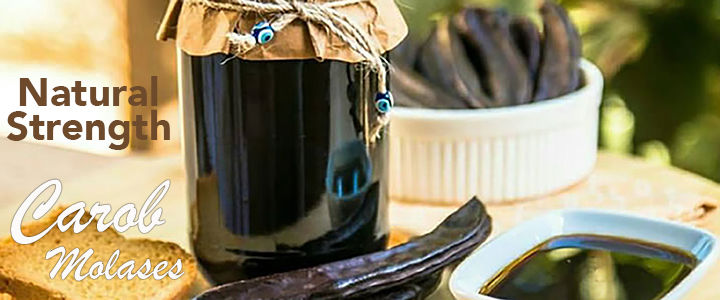English
You have no items in your shopping cart.
Black Olives
MARMARA Whole Kalamata Olives 400g
The Kalamata olive is a large, dark purple olive with a smooth, meaty texture, named after the city of Kalamata in the southern Peloponnese, Greece. Often used as table olives, they are usually preserved in wine vinegar or olive oil.
$7.99
MARMARABIRLIK Black Olive Paste 175g
A pureed spread made from black olives, anchovies, capers, olive oil, and at times is seasoned with garlic and herbs. It is used as a basting paste or condiment for meat, fish and vegetables, but can also be served as an appetizer spread for small toast or crackers.
$3.49
MARMARABIRLIK Black Olive Paste w/Spice 340g
A pureed spread made from black olives, anchovies, capers, olive oil, and at times is seasoned with garlic and herbs. It is used as a basting paste or condiment for meat, fish and vegetables, but can also be served as an appetizer spread for small toast or crackers.
$5.99
MARMARABIRLIK Black Olives Low Salt 400g
Salamura – this is a partially oil-cured olive and then stored in brine. Kuru Sele – this is dried in a basket of rock salt, which draws all the water from the olive. The longer the olive is left in the salt the firmer the olive becomes. Use: Table and oil Origin: Turkey Notable regions: Zeytinbağı, Gemlik
$6.99
MARMARABIRLIK Black Olives Low Salt 800g
Salamura – this is a partially oil-cured olive and then stored in brine. Kuru Sele – this is dried in a basket of rock salt, which draws all the water from the olive. The longer the olive is left in the salt the firmer the olive becomes. Use: Table and oil Origin: Turkey Notable regions: Zeytinbağı, Gemlik
$10.99
MARMARABIRLIK Extra Gemlik Olives ''XS Size Blue Pack'' 800g
Gemlik olives are called the following names as Tirilye, Curly, wrapping paper and black. They are small to medium-sized black olives with a high oil content. ... The sign of a traditionally cured Gemlik olive is that the flesh comes away from the pip easily. Notable regions: Zeytinbağı, Gemlik Color of the ripe fruit: Black Use: Table and oil Origin: Turkey
$11.99
.gif)












































.jpeg)